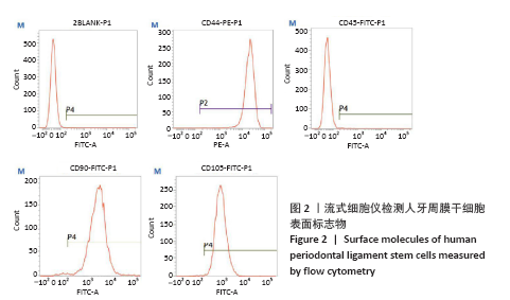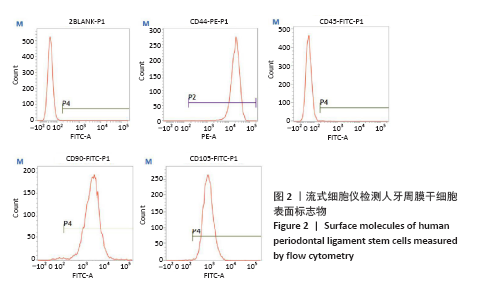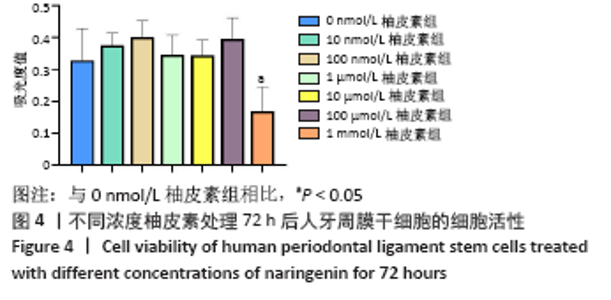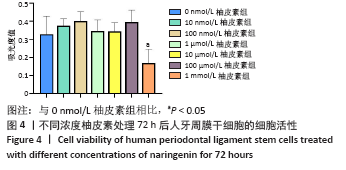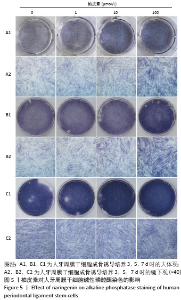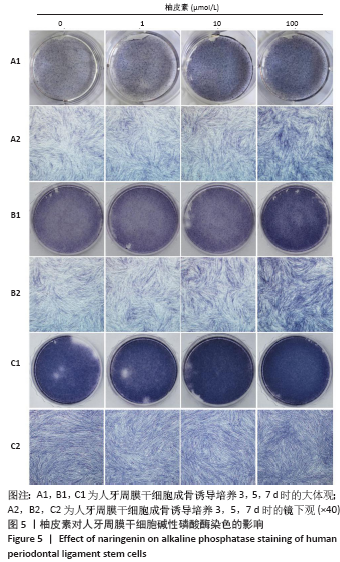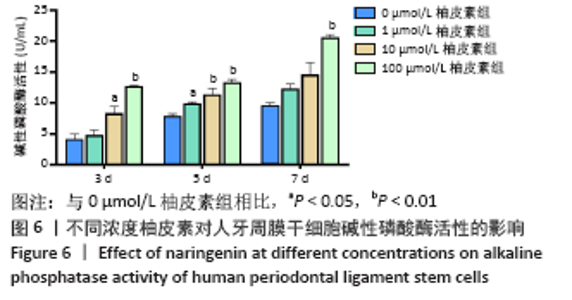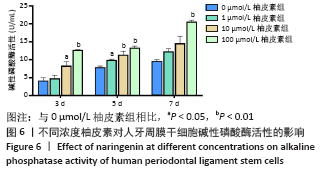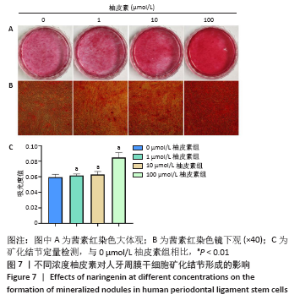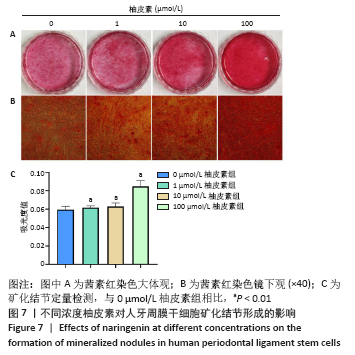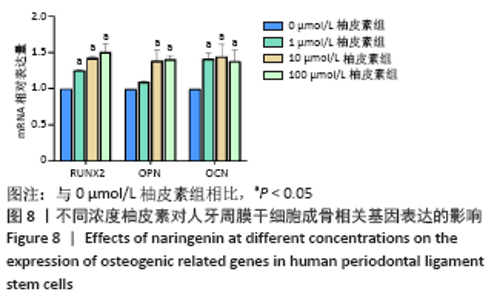[1] 孟焕新.牙周病学[M].北京:人民卫生出版社,2012:168-171.
[2] QIU W, WU BL, FANG FC. Overview of noncoding RNAs involved in the osteogenic differentiation of periodontal ligament stem cells. World J Stem Cells. 2020;12(4):251-265.
[3] JIN YZ, LEE JH. Mesenchymal Stem Cell Therapy for Bone Regeneration. Clin Orthop Surg. 2018;10(3):271-278.
[4] LUI PP, WONG OT, LEE YW. Transplantation of tendon-derived stem cells pre-treated with connective tissue growth factor and ascorbic acid in vitro promoted better tendon repair in a patellar tendon window injury rat model. Cytotherapy. 2016;18(1):99-112.
[5] KOVATS S. Estrogen receptors regulate innate immune cells and signaling pathways. Cell Immunol. 2015;294(2):63-69.
[6] DHALIWAL A, PELKA S, GRAY DS, et al. Engineering Lineage Potency and Plasticity of Stem Cells using Epigenetic Molecules. Sci Rep. 2018; 8(1):16289.
[7] YANG Y, CHIN A, ZHANG L, et al. The role of traditional Chinese medicines in osteogenesis and angiogenesis. Phytother Res. 2014; 28(1):1-8.
[8] 张骞予,杨鸫祥,楼家晖.补肾中药诱导骨髓间充质干细胞增殖分化防治骨质疏松的究进展[J].中华中医药学刊,2020,38(3):193-195.
[9] CHEN R, QI QL, WANG MT, et al. Therapeutic potential of naringin: an overview. Pharm Biol. 2016;54(12):3203-3210.
[10] 唐镜,谭若兰,吕中建,等.柚皮素的提取及其抗癌作用研究进展[J].绿色科技,2019(8):240-244.
[11] ZENG W, JIN L, ZHANG F, et al. Naringenin as a potential immunomodulator in therapeutics. Pharmacol Res. 2018;135:122-126.
[12] SWARNKAR G, SHARAN K, SIDDIQUI JA, et al. A naturally occurring naringenin derivative exerts potent bone anabolic effects by mimicking oestrogen action on osteoblasts. Br J Pharmacol. 2012;165(5):1526-1542.
[13] MING LG, GE BF, WANG MG, et al. Comparison between 8-prenylnarigenin and narigenin concerning their activities on promotion of rat bone marrow stromal cells’ osteogenic differentiation in vitro. Cell Prolif. 2012;45(6):508-515.
[14] 张同凯.柚皮素对牙龈成纤维细胞的增殖和成骨分化的影响[J].医学临床研究,2019,36(3):527-529.
[15] HERNÁNDEZ-MONJARAZ B, SANTIAGO-OSORIO E, MONROY-GARCÍA A, et al. Mesenchymal Stem Cells of Dental Origin for Inducing Tissue Regeneration in Periodontitis: A Mini-Review. Int J Mol Sci. 2018;19(4): 944.
[16] TRUBIANI O, PIZZICANNELLA J, CAPUTI S, et al. Periodontal Ligament Stem Cells: Current Knowledge and Future Perspectives. Stem Cells Dev. 2019;28(15):995-1003.
[17] YU GY, ZHENG GZ, CHANG B, et al. Naringin Stimulates Osteogenic Differentiation of Rat Bone Marrow Stromal Cells via Activation of the Notch Signaling Pathway. Stem Cells Int. 2016;2016:7130653.
[18] ALAM MA, SUBHAN N, RAHMAN MM, et al. Effect of citrus flavonoids, naringin and naringenin, on metabolic syndrome and their mechanisms of action. Adv Nutr. 2014;5(4):404-417.
[19] YUE J, YANG H, LIU S, et al. Influence of naringenin on the biofilm formation of Streptococcus mutans. J Dent. 2018;76:24-31.
[20] WANG W, WU C, TIAN B, et al. The inhibition of RANKL-induced osteoclastogenesis through the suppression of p38 signaling pathway by naringenin and attenuation of titanium-particle-induced osteolysis. Int J Mol Sci. 2014;15(12):21913-21934.
[21] YU Z, GAUTHIER P, TRAN QT, et al. Differential Properties of Human ALP+ Periodontal Ligament Stem Cells vs Their ALP- Counterparts. J Stem Cell Res Ther. 2015;5(7):292.
[22] KAWANE T, QIN X, JIANG Q, et al. Runx2 is required for the proliferation of osteoblast progenitors and induces proliferation by regulating Fgfr2 and Fgfr3. Sci Rep. 2018;8(1):13551.
[23] KUSUYAMA J, AMIR MS, ALBERTSON BG, et al. JNK inactivation suppresses osteogenic differentiation, but robustly induces osteopontin expression in osteoblasts through the induction of inhibitor of DNA binding 4 (Id4). FASEB J. 2019;33(6):7331-7347.
[24] ARIFFIN SH, MANOGARAN T, ABIDIN IZ, et al. A Perspective on Stem Cells as Biological Systems that Produce Differentiated Osteoblasts and Odontoblasts. Curr Stem Cell Res Ther. 2017;12(3):247-259. |


